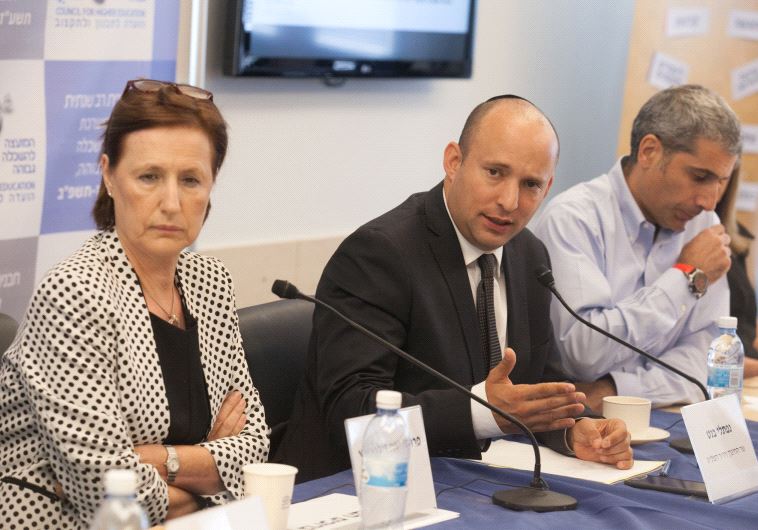New multi-year plan for higher education: Investment, internationalization
The new program also places a heavy emphasis on minimizing educational gaps and addressing national priorities.
 Education Minister Naftali Bennett discussing the new multi-year higher education plan. (photo credit: MICHAL FATTAL)Updated:
Education Minister Naftali Bennett discussing the new multi-year higher education plan. (photo credit: MICHAL FATTAL)Updated: